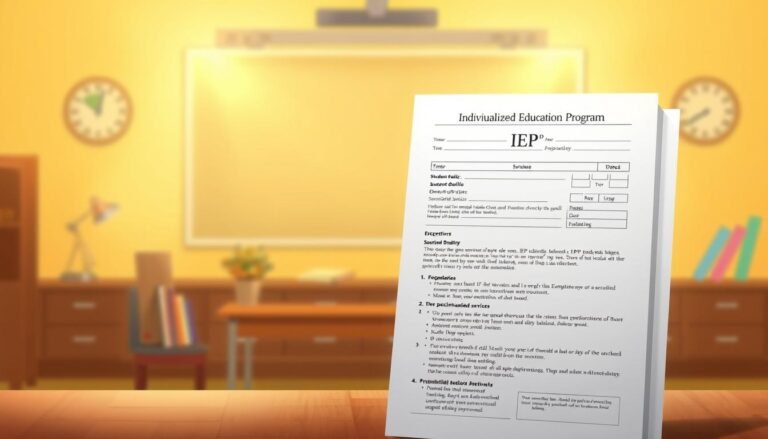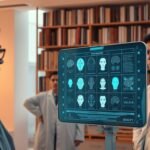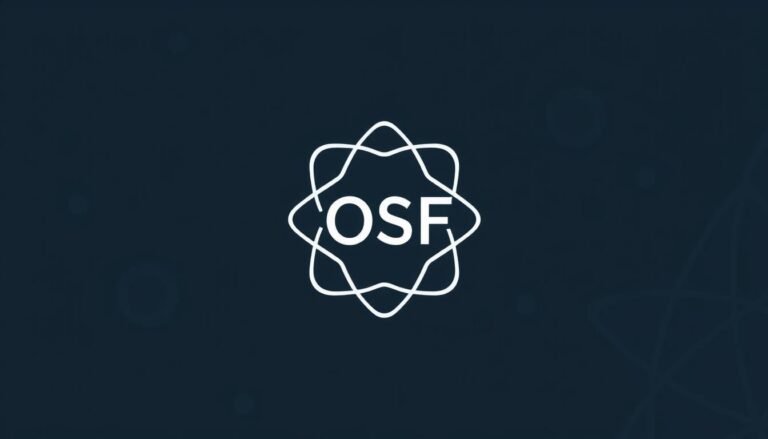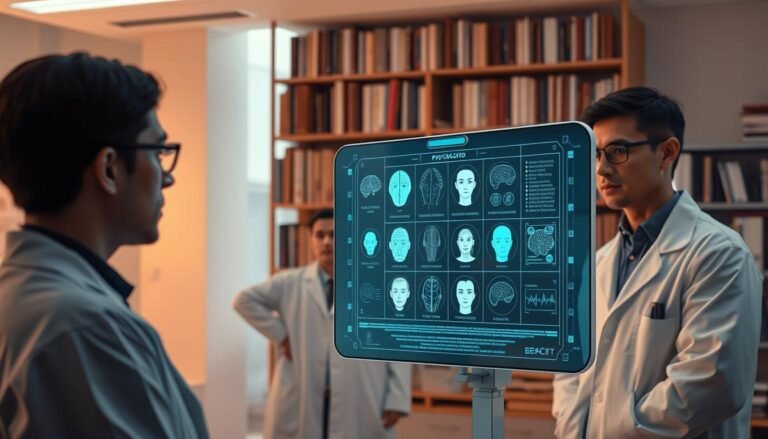Creating Accessible Learning Environments: The Science of Supporting Diverse Learners
Introduction
In today’s globalized world, the demand for diverse learning environments has never been more critical. As educators strive to welcome students from various backgrounds—each with unique learning needs—the importance of "Creating Accessible Learning Environments: The Science of Supporting Diverse Learners" emerges as a guiding principle. Accessibility isn’t merely a trend; it is a fundamental human right that can empower learners and pave the way for academic and personal success.
Imagine walking into a classroom where every resource is tailored to meet you at your level of understanding. This is not just a dream; it’s a reality we’re working towards, leveraging groundbreaking research and practical strategies to foster inclusivity. In this article, we will explore how educators can create these environments, backed by science, real-world applications, case studies, and actionable insights to ensure every learner flourishes.
The Importance of Accessible Learning Environments
Creating accessible learning environments goes beyond physical modifications to classrooms; it’s about cultivating a culture of inclusivity. The shift towards accessibility is crucial for several compelling reasons:
- Enhances Learning Outcomes: Research indicates that when learners feel included, engagement increases, leading to better academic performance.
- Promotes Equity: Everyone deserves equal opportunities for success, irrespective of their background or abilities.
- Prepares for a Diverse Workforce: In an increasingly diverse global job market, learners need to adapt to various cultures and perspectives.
Case Study: The Inclusive Classroom Model
At Riverside High School, teachers adopted an inclusive classroom model, integrating students with differing abilities and backgrounds. By using Universal Design for Learning (UDL) principles, they offered varied methods to engage students, including multimedia presentations, group discussions, and hands-on activities. As a result, student participation tripled, and many reported feeling more confident in expressing their thoughts.
Understanding Diverse Learning Needs
To design effective learning environments, it’s essential to recognize the varying needs of students. These may include:
- Visual, Auditory, and Kinesthetic Learning Styles: Different students absorb information differently. Catering to these styles is vital.
- Cognitive and Emotional Considerations: Some students may face challenges such as anxiety, ADHD, or dyslexia, requiring tailored approaches.
- Cultural Backgrounds: Acknowledging diverse cultural perspectives enriches the learning experience and fosters respect among students.
Chart: Learning Styles vs. Teaching Strategies
| Learning Style | Recommended Strategies |
|---|---|
| Visual | Infographics, videos, diagrams |
| Auditory | Discussions, podcasts, read-alouds |
| Kinesthetic | Hands-on activities, simulations |
The Science Behind Accessibility
The science of supporting diverse learners integrates disciplines such as psychology, neuroscience, and education. Key concepts include:
- Cognitive Load Theory: Understanding how information processing impacts learning and how breaking material into manageable chunks can aid comprehension.
- Growth Mindset: Encouraging a growth mindset in students—believing they can improve with effort—fosters resilience and motivation.
- Social-Emotional Learning (SEL): Integrating SEL into curricula promotes emotional intelligence and interpersonal skills, essential for a collaborative learning environment.
Case Study: SEL in Action
Oakwood Academy implemented an SEL program, focusing on empathy and teamwork among students. Within months, incidents of bullying decreased by 40%, and students became more supportive of one another, demonstrating the power of emotional awareness in learning spaces.
Practical Strategies for Creating Accessible Learning Environments
Creating accessible learning environments requires proactive strategies. Here are several proven methods to foster inclusivity:
1. Implement Universal Design for Learning (UDL)
UDL principles advocate for:
- Multiple Means of Engagement: Use varied methods to engage students with different interests and motivations.
- Multiple Means of Representation: Provide multiple formats and approaches to content delivery.
- Multiple Means of Action and Expression: Allow students various ways to demonstrate what they’ve learned.
2. Use Assistive Technologies
Integrating technology can significantly lower barriers for learners. Tools like screen readers, speech-to-text software, and captioning services can cater to specific needs.
3. Foster a Collaborative Classroom Culture
Encourage peer-to-peer support. Group projects, buddy systems, and discussions facilitate a shared learning experience and enhance communication among diverse learners.
4. Continuous Assessment and Feedback
Feedback loops allow educators to assess the effectiveness of teaching strategies and adapt accordingly. Regular check-ins with students help identify areas of improvement for all learners.
Table: Technology Tools for Accessibility
| Tool | Functionality |
|---|---|
| Text-to-Speech Software | Reads text aloud for clarity |
| Mind Mapping Tools | Visual representation of ideas |
| Online Discussion Boards | Facilitates peer interaction |
Building a Supportive Community
Creating accessible learning environments extends beyond the classroom. Stakeholder involvement, including parents and community members, is vital to support diverse learners. Communication is key:
- Host workshops for families on supporting their children’s learning.
- Collaborate with community organizations to enhance resource availability.
Case Study: Community Involvement at Greenfield School
Greenfield School developed partnerships with local non-profits to offer after-school programs tailored for students with special needs. This initiative not only provided additional resources but also strengthened community ties around educational values.
The Role of Educators in Promoting Accessibility
Teachers play a pivotal role in designing and maintaining accessible learning environments. Their responsibilities include:
- Continuous Learning: Engaging in professional development to stay updated on best practices, new technologies, and teaching methodologies.
- Advocacy: Being advocates for inclusivity at all levels of the educational system, ensuring policies align with accessibility goals.
Motivational Takeaway: The Power of Belonging
Every learner deserves to feel a sense of belonging. When students believe they have a safe space to express themselves, they are more likely to engage and succeed.
Conclusion
Creating accessible learning environments: the science of supporting diverse learners is not just an initiative; it is a movement toward equitable education. By prioritizing inclusivity, employing research-based strategies, and advocating for diverse learners, educators can transform classrooms into spaces where every student empowers one another toward success.
Whether you’re an educator, administrator, or community leader, you hold the key to creating these transformative spaces. Remember, the journey towards accessibility is ongoing, but the impact is profound. Let us pave the way for future generations by making education accessible for all.
FAQs
1. What are accessible learning environments?
Accessible learning environments are educational settings designed to be inclusive and supportive of all students, regardless of their diverse backgrounds and learning needs.
2. How does UDL impact learning?
Universal Design for Learning (UDL) promotes flexibility in teaching methods that cater to diverse learning styles, enhancing engagement and comprehension.
3. What role does technology play in accessibility?
Technology provides tools that can significantly break down barriers to learning, enabling students with special needs to access content effectively.
4. How can communities support accessible learning environments?
Communities can provide resources, after-school programs, and workshops that educate families and promote inclusivity in education.
5. Why is continuous assessment important in education?
Ongoing assessment helps identify learners’ needs and measures the effectiveness of teaching strategies, allowing for timely adjustments to support all students.
By using a multi-faceted approach to "Creating Accessible Learning Environments: The Science of Supporting Diverse Learners," we can inspire a future where all students have the opportunity to thrive, contribute, and lead in an inclusive society. It starts with us—let’s make accessibility a cornerstone of education today!
















